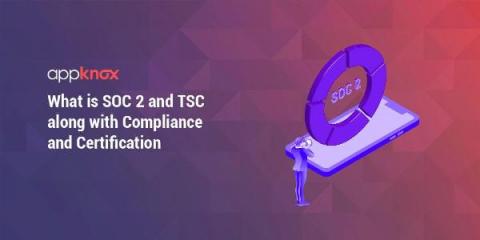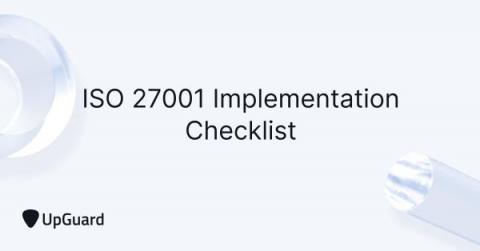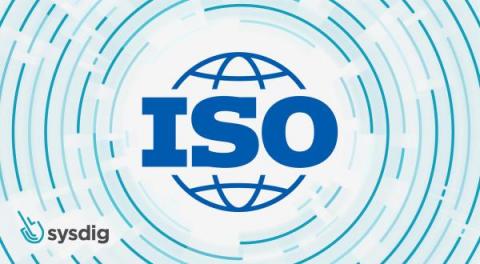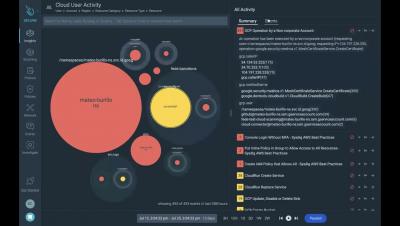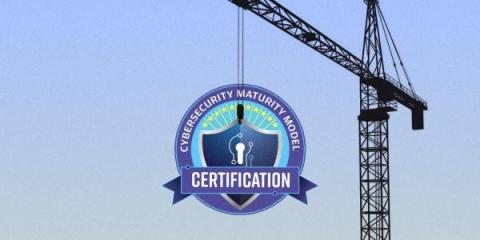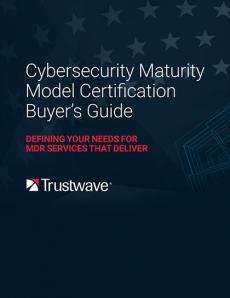What is SOC 2 and TSC along with Compliance and Certification
Managing security is not solely about products and technologies. As a security leader in your company, it is important to consider numerous other factors when you decide to set up a Security Operations Center. A few of the things include - an understanding of the business plan and requirement capability. It also includes the skill set of people who will be part of the Security Operations Center (SOC) for planning the individual and team responsibilities, budget, etc.


